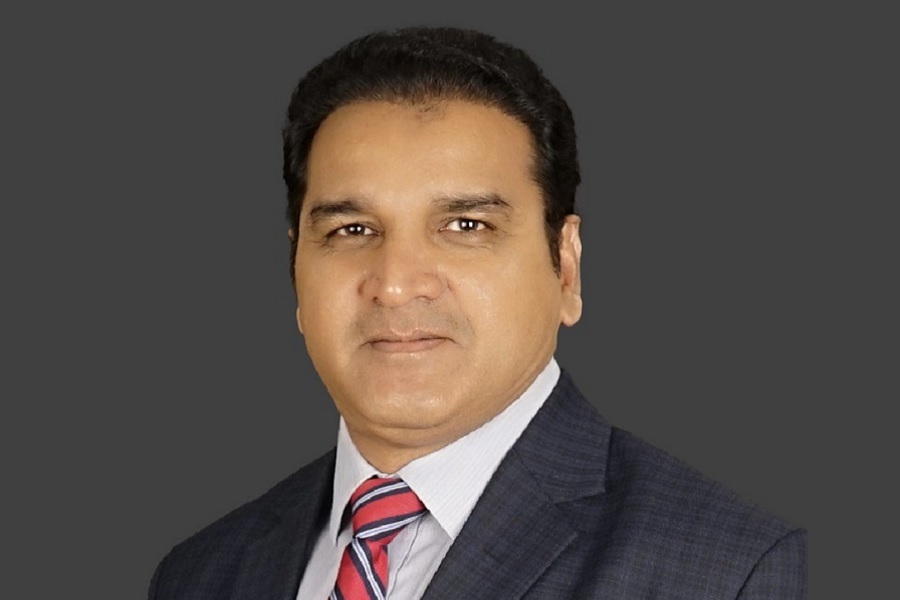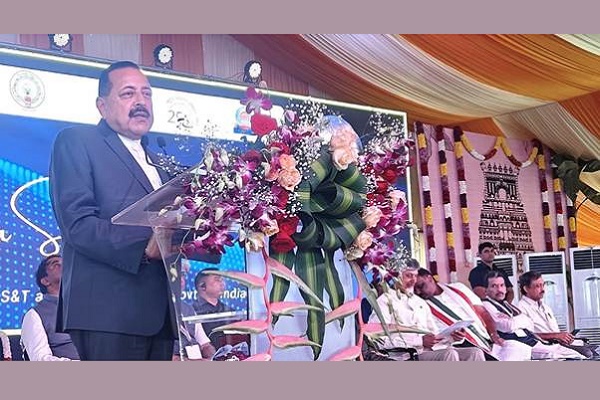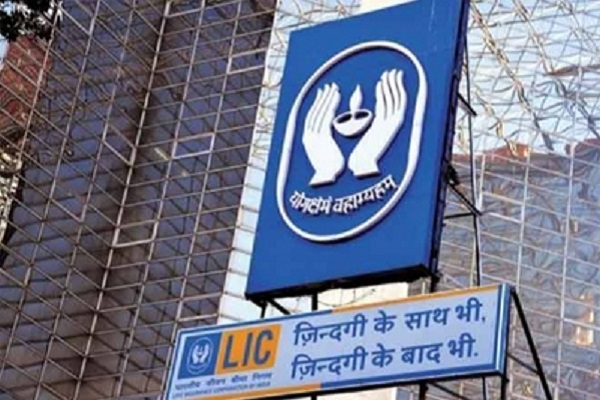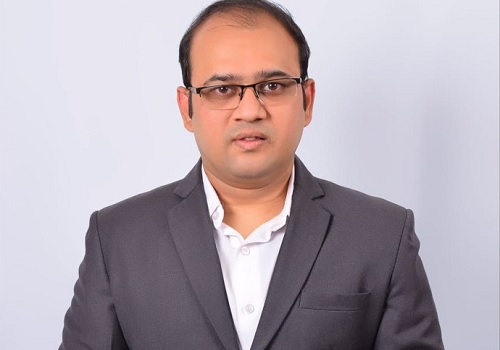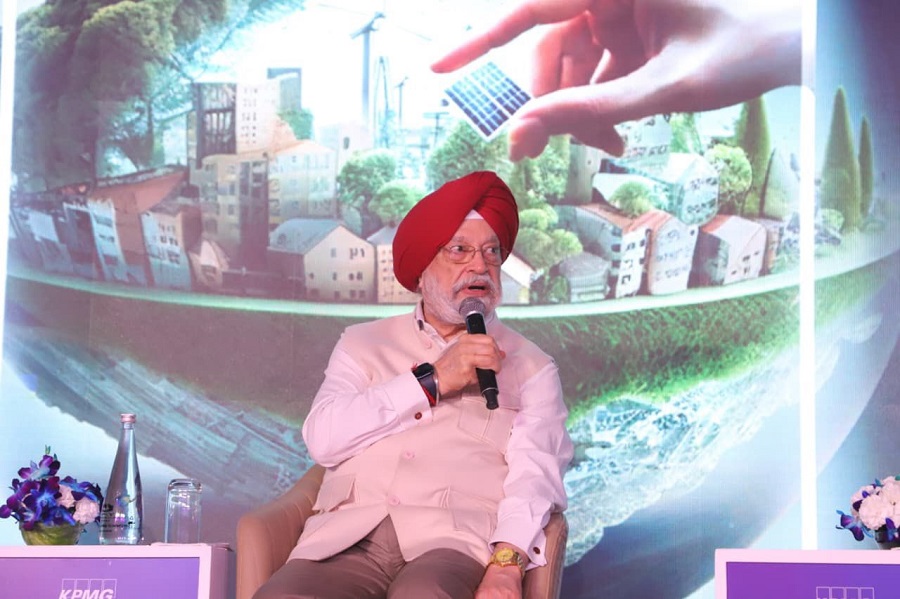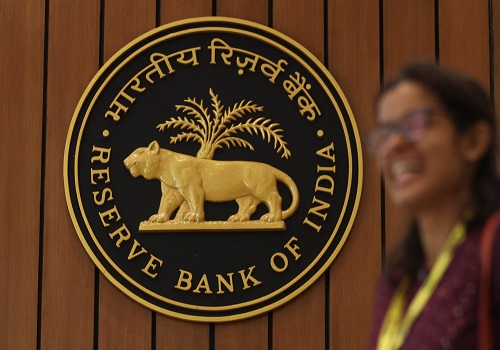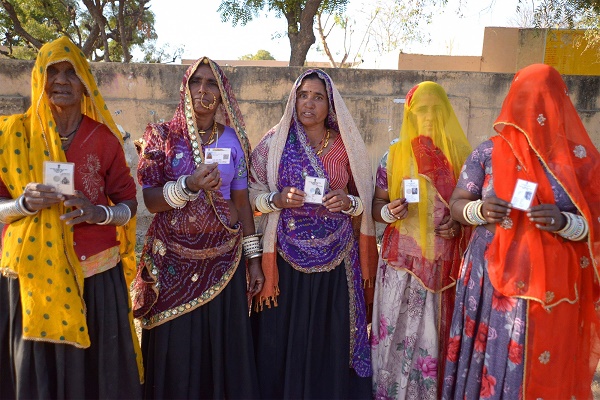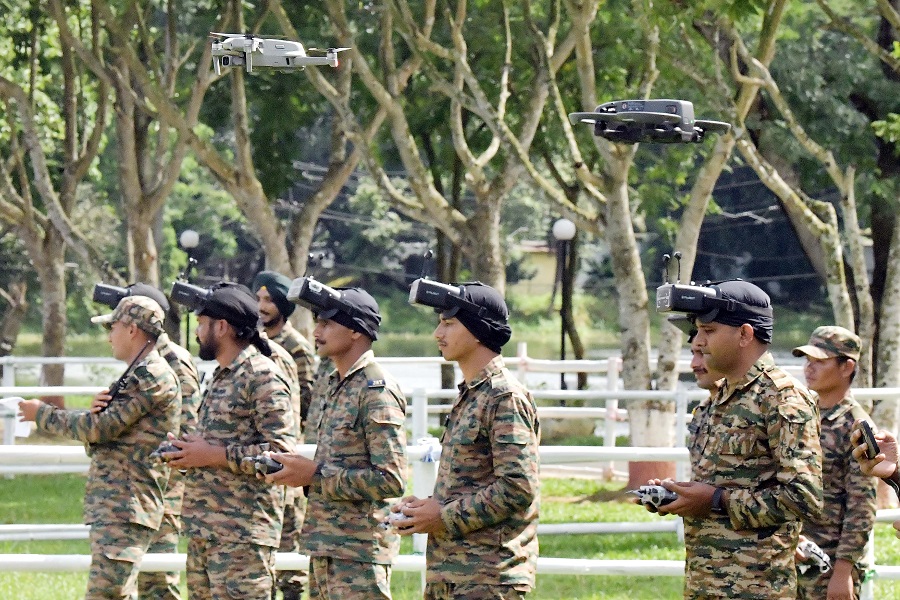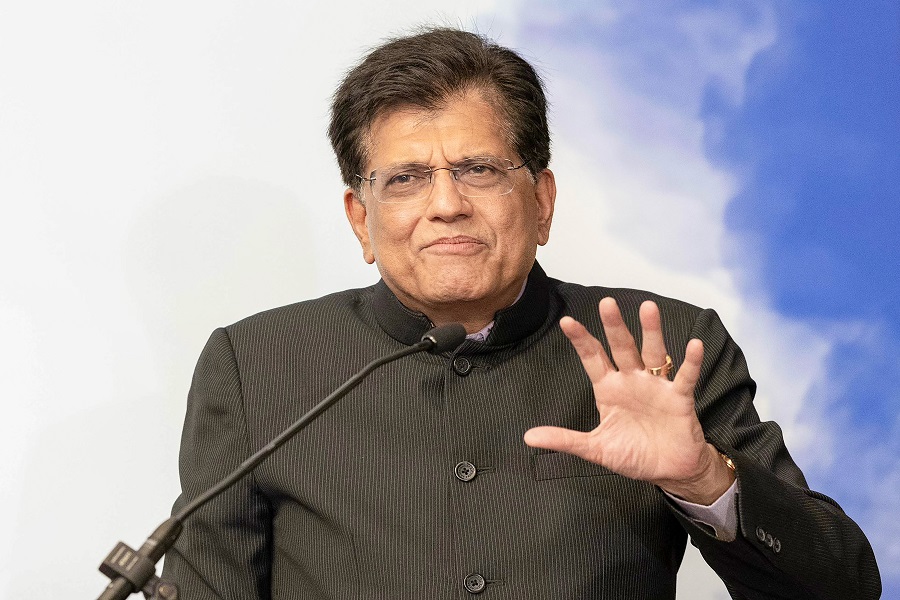SBICAPS EcoCapsule Feb'25 : Navigating the Storm - Domestic Tailwinds meet Global Headwinds

|
Attention shifts to growth with emphasis on doubling down on domestic consumption through welfare |
|
PFCE, comprising over 60% of real GDP, grew slower than GFCF in the seven quarters preceding Q2FY25. Union and State governments are addressing this consumption deficit. The Union's direct tax cuts should increase urban disposable income, crucial given Nielsen data showed that urban FMCG consumption is growing at half the rural rate. Rural consumption will likely remain strong due to favourable monsoons boosting kharif output, promising rabi sowing, and rural welfare schemes. Growth in the next 15-months may be driven by a combination of the instant multiplier of revenue expenditure and the delayed impact of yesteryears’ capex acting in resonance |
|
Navigating the tightrope: Union Budget balances welfare Priorities with fiscal prudence and capex objectives |
|
While increased Union Budget revenue expenditure garnered attention, total capex as a share of GDP has grown in FY26BE vs. FY25RE. This reflects a rejig of capex, not a cut, with increased support for Central Sector Schemes and strategic Ministry-level reallocations. The Union expects its consumption stimulus and continued capex to generate a generous 10.1% y/y nominal GDP growth in FY26, all the while maintaining fiscal prudence. We see downside risks to this estimate given uncertainty about broad-based private capex and the near-term effects of asset price volatility. |
|
The growth equation: how RBI’s monetary tools are working in tandem with fiscal policy |
|
The cut in the policy repo rate by 25bps, coupled with the liquidity release due to delay in LCR norms could spur a revival in lending. For the infrastructure and manufacturing sector, the deferral of higher provisions on project loans comes as an additional boon and could finally unshackle middling credit growth. Finally, the delay in implementation of LCR norms till next fiscal will free up significant amounts for banks to lend. These measures in unison constitute the monetary backing for growth in FY26. Apart from these, the street will carefully watch for RBI’s actions in the primary and secondary open market to gauge how much liquidity it allows and where it stands on the currency/growth trade off. |
|
Domestic tailwinds in a global maelstrom: Can India be the David in a trade war of Goliaths? |
|
Global output growth remains below historical averages, and we anticipate downside risks to the IMF's 3.3% y/y CY25 real growth estimate. These risks could materialise if proposed disruptive policy changes by POTUS are fully implemented. Short-term, tariffs create a negative scenario due to supply chain disruptions and dumping risks from low-cost producers. Mitigation strategies include securing tariff exemptions through dialogue and strategically adjusting tariff and non-tariff barriers. Long-term, India could benefit from manufacturing domestication. Indeed, during the previous US-China trade war (2017-19), India was the fourth largest trade beneficiary. Agile export/import and on-shore/off-shore strategies will be crucial for Indian companies to convert risks into opportunities |
|
Clouds on the horizon: external risks and the reign of uncertainty |
|
There has been unprecedented volatility in global asset prices due to actions by the USA. The INR, which had consistently remained insulated from sharp depreciation in CY24 saw sharp dips to fresh lows amid a strengthening USD. FPI flows in YTDFY25 have dropped sharply with huge outflow of equity being barely offset by bond index inclusion inflows on the debt side. The seasonal improvement in the current account balance during the fourth quarter of FY25 will provide near-term balance of payments support. On the global front, expectation of benign oil prices amidst higher OPEC+ and US supply will help the trade balance in FY26. |
|
It is important to remember that while globalisation and de-globalisation operate in cycles, what remains permanent is domestic growth. Indeed as Mr. Gandhi said, “I want the culture of all lands to be blown about my house as freely as possible. But I refuse to be blown off my feet by any.”
Above views are of the author and not of the website kindly read disclaimer |



